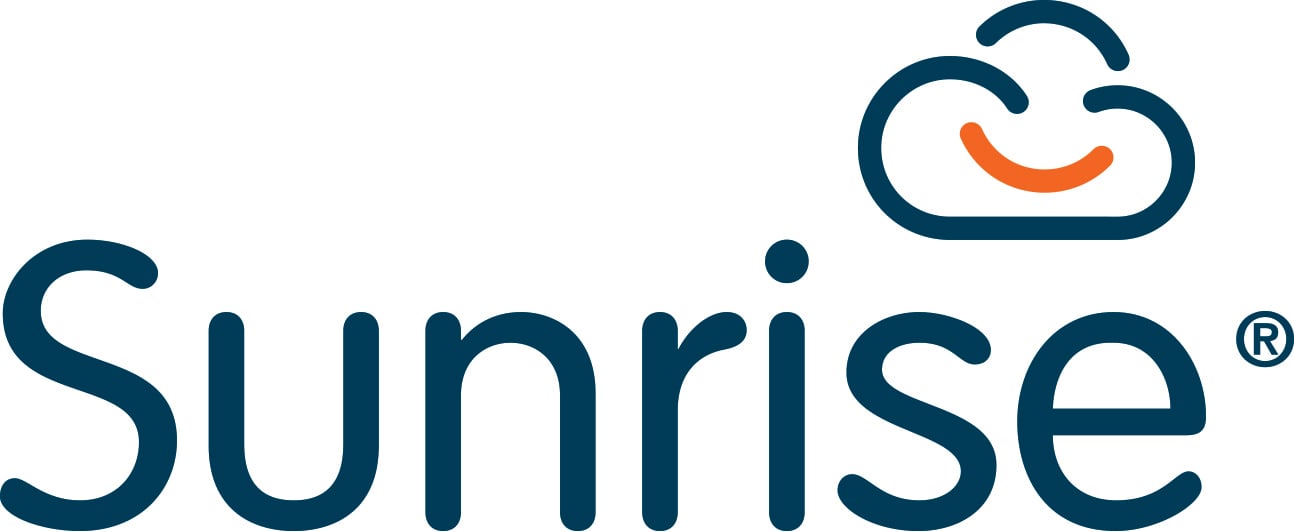ITSM can be a complex business which is why we have selected and answered the most commonly asked ITSM questions to help you gain a better understanding of the topic.
What is ITSM?
ITSM is the practice of planning, designing, delivering, managing, and improving the way an organisation’s IT infrastructure and services are delivered. It involves using a set of processes, tools, and frameworks to ensure that IT services meet the needs of the business and its customers.
Why is ITSM important?
ITSM is important because it helps organisations ensure that their IT infrastructure and services are aligned with their business goals and objectives. By effectively managing IT services, organisations can improve efficiency, reduce costs, and increase customer satisfaction.
What are the main components of ITSM? There are several key components of ITSM, including:
- Service delivery: This includes the design, delivery, and management of IT services.
- Service support: This includes the maintenance and support of IT services.
- Service strategy: This involves the planning and implementation of IT services.
- Service transition: This includes the planning, testing, and implementation of changes to IT services.
What are some common ITSM frameworks?
There are several commonly used ITSM frameworks, including:
- ITIL (Information Technology Infrastructure Library): This is a set of best practices for IT service management.
- COBIT (Control Objectives for Information and related Technology): This is a framework for the governance and management of enterprise IT.
To compare the two in simple terms, COBIT helps organisations determine what they need to do, while ITIL provides the roadmap of how initiatives and services can be delivered. Click here to read our blog comparing the COBIT vs ITIL frameworks.
- ISO/IEC 20000: This is an international standard for IT service management.
How can an organisation implement ITSM?
To implement ITSM, an organisation should follow these steps:
- Define the business objectives and the role that IT will play in achieving them.
- Identify the IT services that the organisation will provide and the service levels that will be required.
- Establish processes and procedures for delivering and supporting these services.
- Implement tools and technologies to support the delivery and management of IT services.
- Measure and monitor the performance of IT services to ensure that they are meeting the needs of the business.
To find out more about selecting and implementing ITSM tools, read this blog by the Service Desk Institute (SDI).
Watch this video to see how Sunrise ITSM can provide you with the tools to achieve your organisation’s goals.

.png?width=900&name=New%20WEBSITE%20BLOG%20HEADER%20(5).png)

.png)
